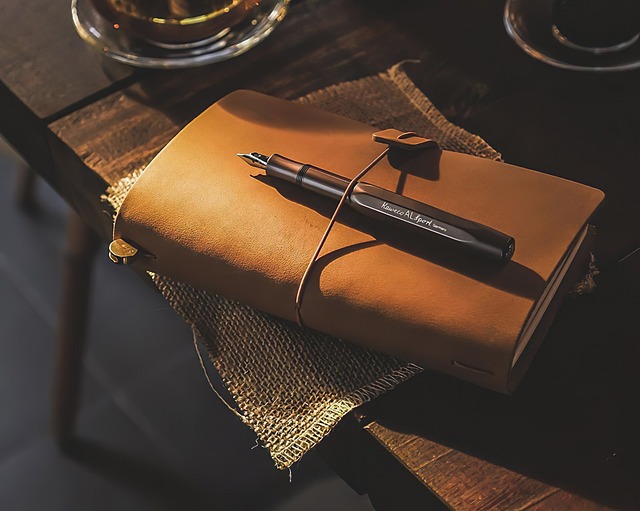In a world buzzing with technology and instant gratification, the idea of sitting down to write a book may seem daunting. However, the beauty of DIY book writing is that it transforms what could be an overwhelming task into an exciting and deeply personal creative project. Whether you’re an aspiring author or simply someone with a story to tell, embarking on the journey of book writing can be incredibly rewarding.
First, let’s embrace the DIY spirit. Just like crafting a handmade item, writing a book requires materials and tools, but they are likely different from what you might expect. Your primary tools will be your imagination, your thoughts, and lots of determination. Start by gathering your inspiration! Whether it’s a feeling you want to convey, a character that won’t leave your head, or a message you’re passionate about, jot these ideas down. Mind maps, sticky notes, or even a simple journal can help organize your thoughts and generate creativity.
Next, consider the structure of your book. Every good DIY project starts with a blueprint, and book writing is no different. Outline your chapters and plot points. This doesn’t need to be a rigid plan; after all, crafting is about flexibility and creativity! As you flesh out your outline, think of yourself as the architect of your narrative—a creator carefully constructing a world that readers can step into.
When you dive into the actual writing, make sure to create a comfortable space that reflects your own style. Surround yourself with your favorite books, meaningful artifacts, and calming colors. The environment where you write can greatly influence your creativity. Just like crafting a hand-made item, you want this space to inspire you and to encourage free-flowing thoughts.
As you write, embrace the imperfections. Remember, the first draft is just that—a draft. Don’t aim for perfection; aim to express yourself authentically. Sometimes the most beautiful stories arise from the most chaotic writings. During this process, give yourself permission to edit and revise, shaping your story much like you would shape clay into a beautiful sculpture.
In the spirit of DIY, consider incorporating artistic elements into your book writing. You might want to sketch illustrations, add photographs, or weave in poetry. These creative projects can enrich your narrative and provide a multi-dimensional experience for your readers. Handcrafting your book can mean more than just the writing; it can also mean embedding a piece of your own artistry into it.
When you think you’ve finished your first draft, it’s time to step back and assess your work. Engage with your community, sharing snippets of your writing with friends or attending local writing workshops. The feedback you receive can be invaluable, helping you to refine your story. Just like the DIY community bands together to improve each other’s projects, reaching out for help can enhance your writing journey.
Eventually, the culmination of your hard work will be a captivating story that is uniquely yours. Whether you choose to self-publish or look for traditional publishing routes, remember the journey of writing is a significant accomplishment in itself. So grab your writing tools and start your journey into the fulfilling world of DIY book writing. Allow your creativity to flow, embrace your unique voice, and craft a story that reflects your personal narrative and experiences!
